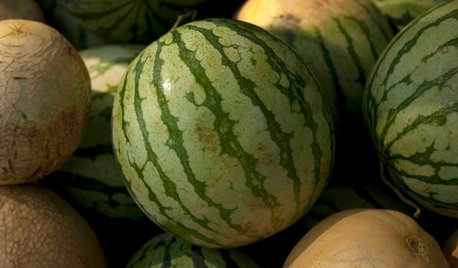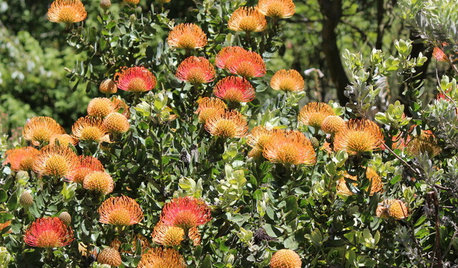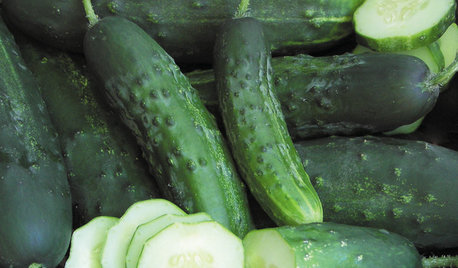Is this bacterial wilt?
joeorganictomatoes
9 years ago
Related Stories

DIY PROJECTSHow to Make Cut Flowers Last Longer
Do your store-bought flowers fade too soon? Get expert advice on helping them stay fresh
Full Story
GARDENING GUIDESSummer Crops: How to Grow Melons
Drink in the refreshing sweetness of melons from your own garden this summer — they can last well into fall too
Full Story
KITCHEN DESIGNHow to Waste Less Food
Here are 9 relatively painless ways to throw away less food and stretch your grocery dollars
Full Story
HOUSEPLANTSGot Bright Light but Lack Spare Time? Try Ponytail Palm
This low-maintenance houseplant has an exotic look and a drought-tolerant nature. Just give it lots of sun
Full Story
GARDENING GUIDESKeep Your Cool in the Garden — Here’s What to Do in August
Don’t let summer’s heat go to your head. These U.S. gardening guides will help you make sensible choices for all of your plantings
Full Story
SUMMER FRUITS AND VEGETABLESSummer Crops: How to Grow Cucumbers
Pick a peck for pickles or opt for fewer and raw — no matter how you slice them, cucumbers are great for summer gardens small to large
Full Story
FEEL-GOOD HOMEYour Best Winter Accessory for the Kitchen
Flowers and foliage will bring cheer to your kitchen even in the dead of winter
Full Story
GARDENING GUIDESOrganic Matters: Thwart Insect Pests With Trap Crops
Add a few sacrificial plants to your garden to lure insects away from the harvest
Full StoryMore Discussions







digdirt2
joeorganictomatoesOriginal Author
Related Professionals
Citrus Heights Landscape Architects & Landscape Designers · Belmont Landscape Contractors · Costa Mesa Landscape Contractors · Dallas Landscape Contractors · Streamwood Landscape Contractors · New Carrollton Landscape Contractors · Amarillo General Contractors · Bremerton General Contractors · Towson General Contractors · Winfield General Contractors · Melvindale Stone, Pavers & Concrete · Highland Springs Decks, Patios & Outdoor Enclosures · North Myrtle Beach Decks, Patios & Outdoor Enclosures · Santa Ana Decks, Patios & Outdoor Enclosures · Santa Monica Decks, Patios & Outdoor Enclosurescarogator
joeorganictomatoesOriginal Author
carogator
joeorganictomatoesOriginal Author
carogator
joeorganictomatoesOriginal Author
joeorganictomatoesOriginal Author
digdirt2
carogator
carogator
joeorganictomatoesOriginal Author
joeorganictomatoesOriginal Author
sharonrossy
joeorganictomatoesOriginal Author